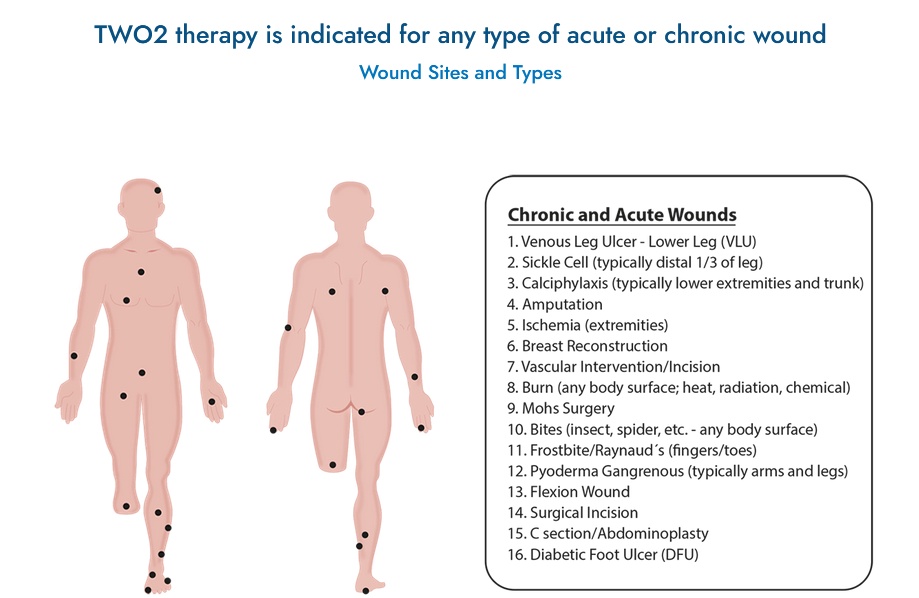Wound care is a critical aspect of healthcare, particularly for individuals suffering from foot ulcers, including stasis ulcers. These conditions can severely impact one's quality of life and require careful management to promote healing and prevent complications. Oxygen wound therapy has emerged as a promising approach among the evolving treatments. In this article, we delve into the intricacies of wound care, focusing on ulcers on feet, stasis ulcers, and the role of oxygen wound therapy.
Understanding Ulcers on Feet:
Ulcers on feet are a common occurrence, especially among individuals with conditions such as diabetes, peripheral artery disease (PAD), or venous insufficiency. These ulcers typically develop due to poor circulation, nerve damage, or both factors.
For diabetics, peripheral neuropathy, a condition causing nerve damage, often leads to reduced sensation in the feet. As a result, minor injuries or pressure points can go unnoticed, eventually progressing into ulcers. Similarly, PAD restricts blood flow to the feet, impairing the body's ability to heal wounds effectively.
Venous stasis ulcer, on the other hand, is primarily caused by venous insufficiency. This condition occurs when the valves in the leg veins fail to function correctly, leading to poor blood circulation. Over time, the accumulation of blood and fluid in the lower extremities can cause skin breakdown and ulcers, typically around the ankles.
Importance of Wound Care:
Wound care strategies may include cleaning the wound, removing dead tissue (debridement), applying topical medications or dressings, offloading pressure from the affected area, and managing underlying conditions such as diabetes or venous insufficiency.
Oxygen Wound Therapy:
Oxygen wound therapy, or hyperbaric oxygen therapy (HBOT), is a treatment modality gaining traction in managing chronic wounds, including foot ulcers. This therapy involves exposing the patient to 100% oxygen at higher-than-normal atmospheric pressure within a hyperbaric chamber.
The increased pressure and oxygen concentration stimulate angiogenesis (forming new blood vessels) and promote oxygen delivery to tissues, enhancing the body's ability to heal wounds. Additionally, oxygen therapy has antimicrobial properties, reducing the risk of infection and aiding in wound sterilization.
Oxygen wound therapy can be particularly beneficial for ulcers on the feet in cases where conventional wound care approaches have been ineffective. It can accelerate wound healing, improve tissue oxygenation, and reduce the need for more invasive interventions such as amputation.
Oxygen wound therapy can be particularly beneficial for ulcers on the feet.
Conclusion:
Ulcers on the feet, including stasis ulcers, pose significant challenges for patients and healthcare providers. Effective wound care is essential for promoting healing, preventing complications, and improving patient outcomes. With advancements in treatment modalities, such as oxygen wound therapy, there is hope for better management of chronic wounds and enhanced quality of life for those affected.
However, it's important to note that wound care should be tailored to the individual patient's needs, considering factors such as the underlying cause of the ulcer, overall health status, and treatment goals. Collaborative efforts between healthcare professionals and patients are paramount to successful wound healing and long-term management. By staying informed about available treatment options and actively participating in their care, individuals with ulcers on their feet can work towards better health and well-being.
For more information about Oxygen wound therapy, switch to Advanced Oxygen Therapy Inc. for the best wound care or healing programs.


No comments yet